Unofficial Sequels to Famous Games (original) (raw)
Key Takeaways
- Sequels in cinema often don't surpass the original, but in video games like Devil May Cry 3 and Castlevania: Symphony of the Night, sequels have vastly improved the gameplay experience.
- Football Manager and Championship Manager became separate games due to a legal dispute, with Football Manager keeping the soul of the series and Championship Manager belonging to Square-Enix.
- Command & Conquer was almost Dune 3, but Westwood Studios decided against reusing the license and created a wider variety of terrains, more military tech, and cheesy live-action cutscenes for Command & Conquer.
In cinema, sequels don’t tend to improve much on the original. For every Terminator 2 or Aliens, there’s a Caddyshack 2 or The Exorcist 2: The Heretic. In video games, it’s often the other way around as duds like Devil May Cry 2 and Castlevania 64 are the outliers next to entries that vastly improve the gameplay experience, like Devil May Cry 3 and Castlevania: Symphony of the Night.
That said, it takes more to make a sequel than to add a number or subtitle to the game title. Licenses may get taken away, rights get swapped around, and attempts to make spin-offs falter. Yet these games still managed to make it to store shelves, becoming unofficial sequels to their famous forebears.
1 Perfect Dark
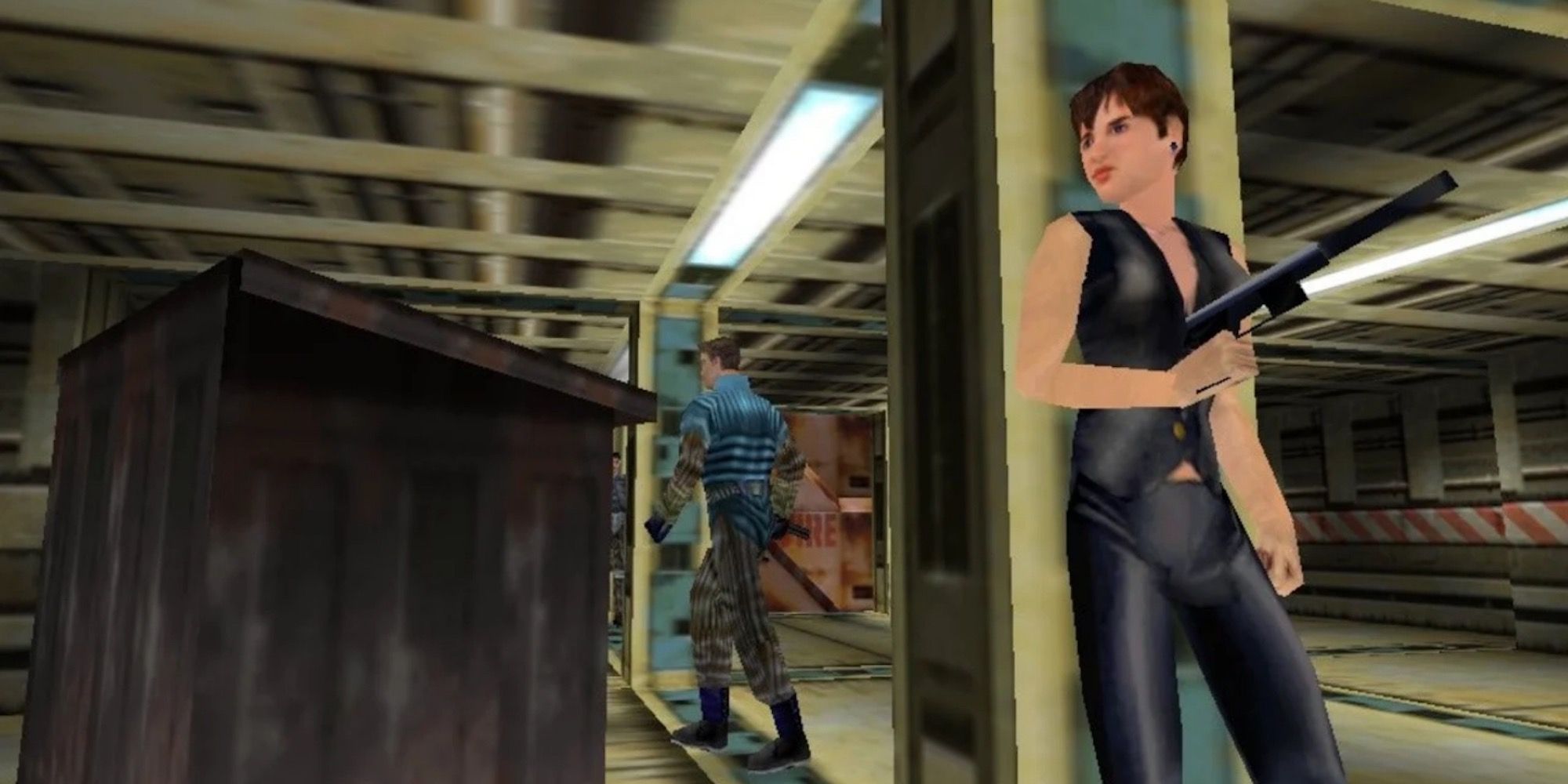
Goldeneye 007 has almost overshadowed the movie it was based on, as it showed consoles could produce PC-quality FPSs of their own instead of compromised ports. Rare was hoping to make an improved follow-up based on the next J_ames Bond_ movie, Tomorrow Never Dies. Unfortunately, EA outbid them and got Black Ops Entertainment to make a more forgettable stealth-action game for the PS1. Still, Rare didn’t mind too much.
Without the constraints of the Bond license, they were able to carry over _Goldeneye_’s gameplay to a newer, more sci-fi-based spy thriller inspired by Ghost in the Shell and Aeon Flux. The result was Perfect Dark, where Carrington Institute agent Joanna Dark has to stop the rival corporation dataDyne and their alien allies from attacking Earth. While Goldeneye is more famous, Perfect Dark has better gameplay and has aged better overall.
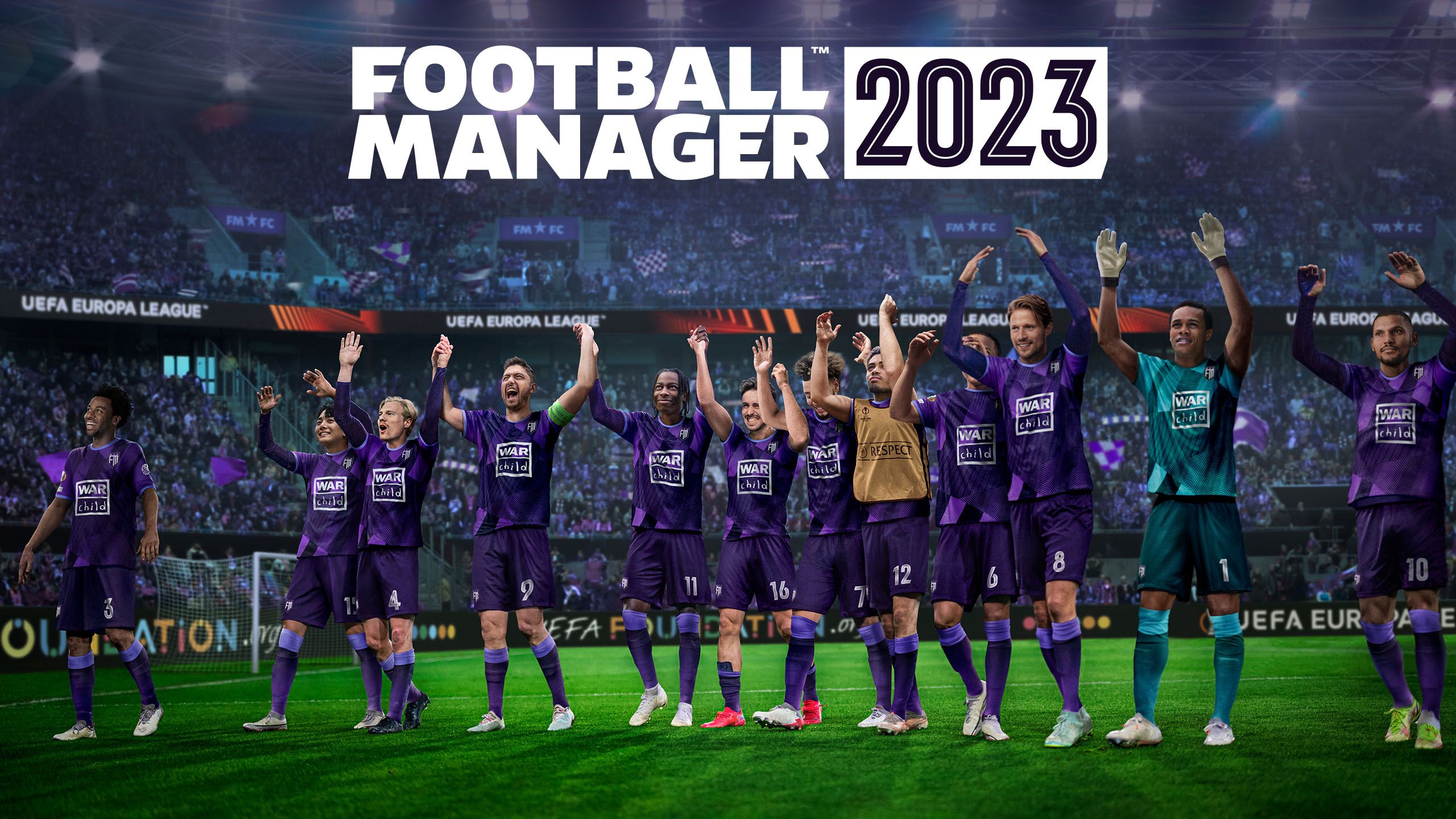
Most people probably weren’t aware that Football Manager was supposed to be different from Championship Manager. The former played like the classic games from the latter and were made by the same company with the same engines. Yet they’re now completely different things from each other, thanks to a legal dispute in 2004 as developers Sports Interactive lost the “_Championship Manager_” name to their publishers Eidos Interactive.
But they were able to keep the game engine and data. So, they formed a new agreement with Sega and continued their work under the “_Football Manager_” label. Legally and on paper, the Championship Manager name now belongs to Square-Enix after they acquired Eidos. To soccer and management sim game fans, the series’ soul is still with Sports Interactive via Football Manager.
3 Command & Conquer
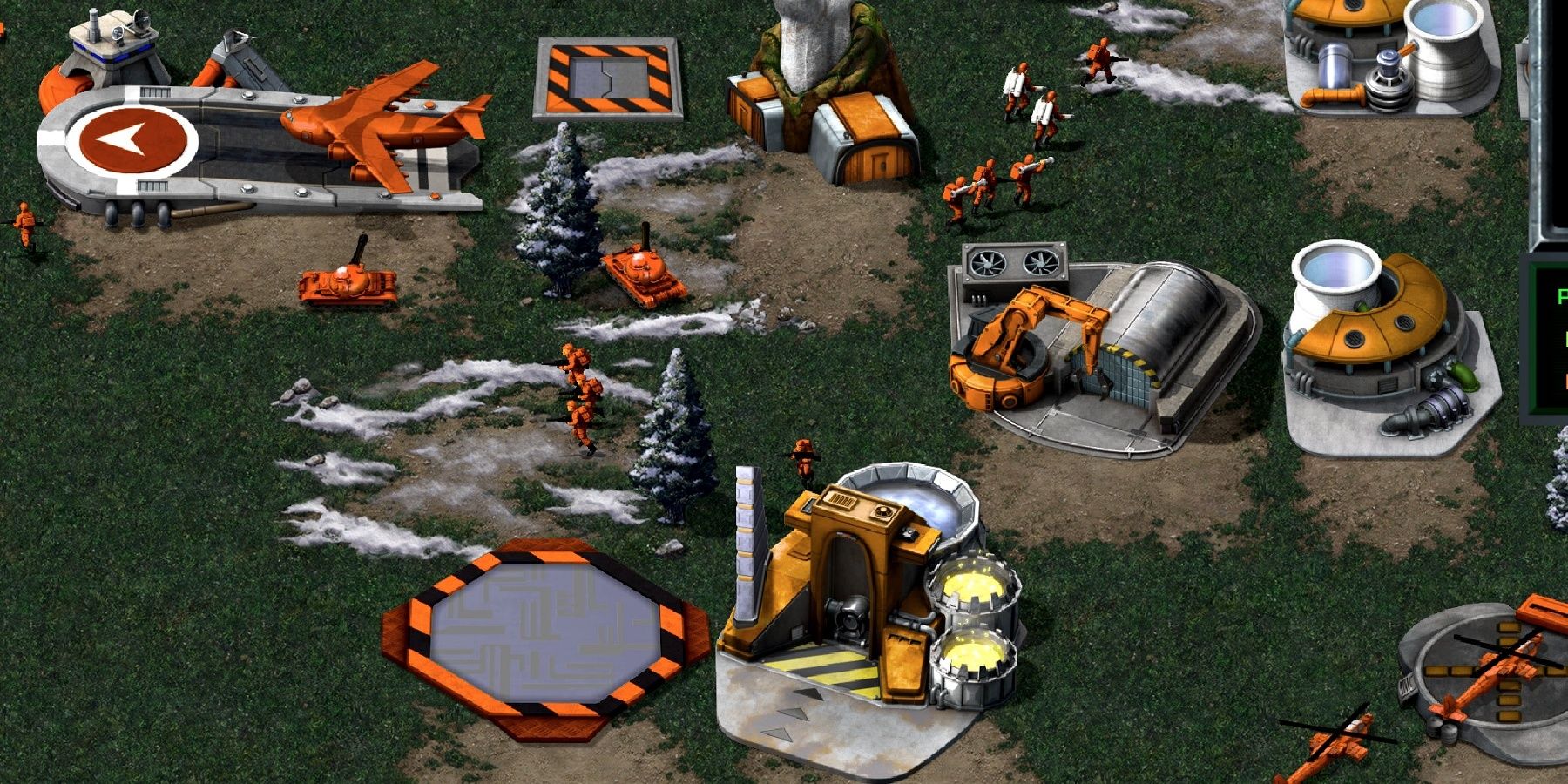
While it wasn’t the first real-time strategy video game (Herzog Zwei usually gets that accolade), Dune 2: The Building of a Dynasty is perhaps the most influential, with Warcraft and others following its lead. Created by Westwood Studios, it continued on from the David Lynch movie adaptation of the Frank Herbert novel, where players picked either House Atreides, Harkonnen, or Ordos and tried to wrench control of the planet Arrakis from the others.
The original Command & Conquer was also made by Westwood and resembled Dune 2 so muchthat fans and critics called it “Dune 3.” The studio could’ve reused the license but opted not to because, according to Computer Gaming World magazine, “the programmers are tired of sand.” C&C brought in a wider variety of terrains, more military tech, and cheesy live-action cutscenes that have defined the series to this day.
4 The 3rd Birthday
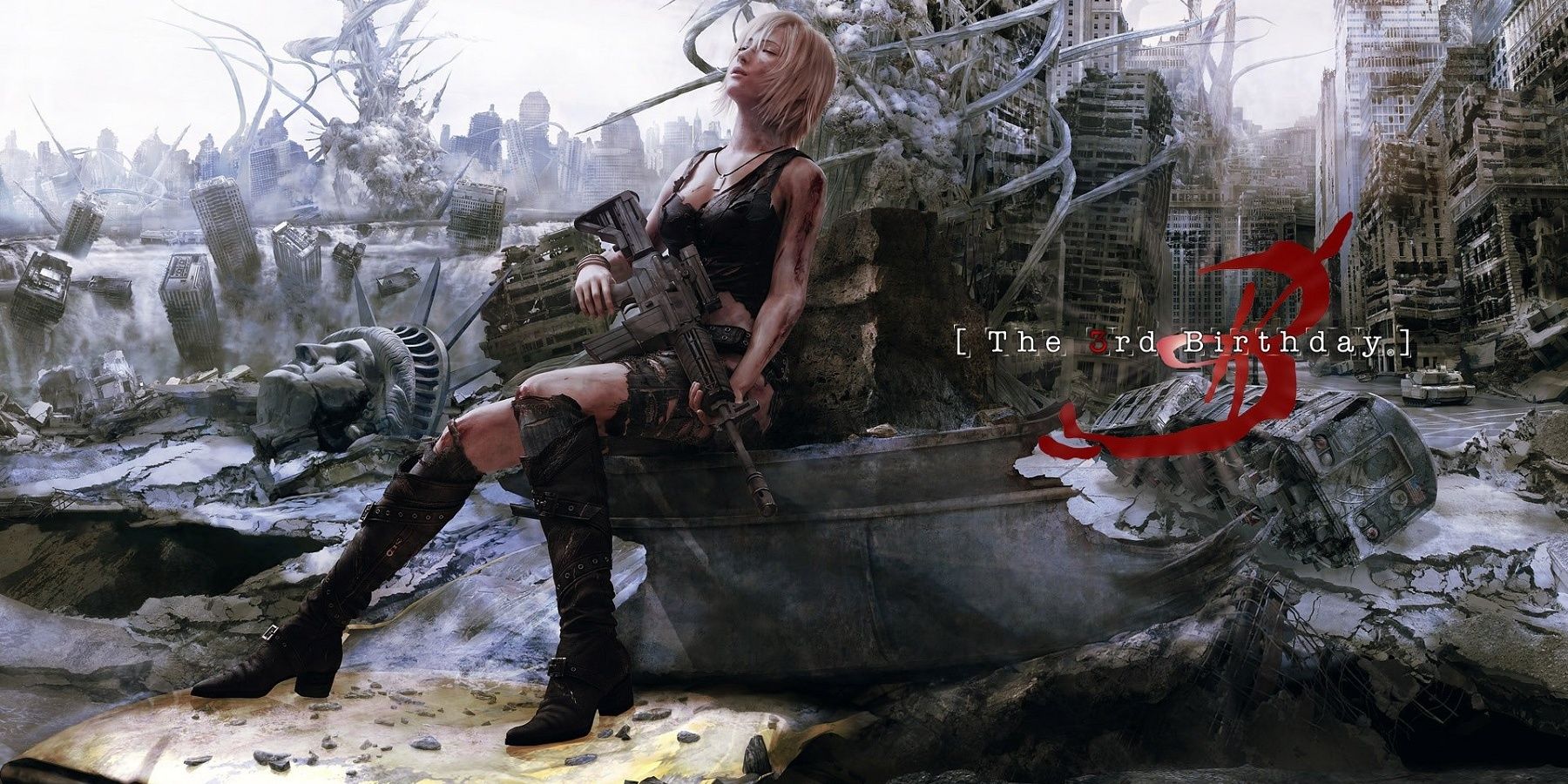
Parasite Eve was a great survival horror/RPG hybrid that’s still considered a cult classic today, thanks to its intriguing story and engaging lead character, Aya Brea. Parasite Eve 2 had more horror and less RPG, but it still had its fans. Fans who, after 1999, were left with nothing. Aya’s story was seemingly done, but the fans wanted more. A sequel, remake, remaster, anything!
Then 2010 came around, and the PE fandom was intrigued when they heard Aya would return in a PSP game called The 3rd Birthday. There was nothing else connecting it to PE. No mitochondria, no survival horror gameplay, and no Eve. Aya didn’t even act like her old self, as she was now an amnesiac who could possess people. Square-Enix called it a reintroduction for the old character. Fans thought her name was being used as a label for a generic shooter. Either way, Aya’s since returned to obscurity, waiting for a true follow-up_._
5 Demon’s Souls
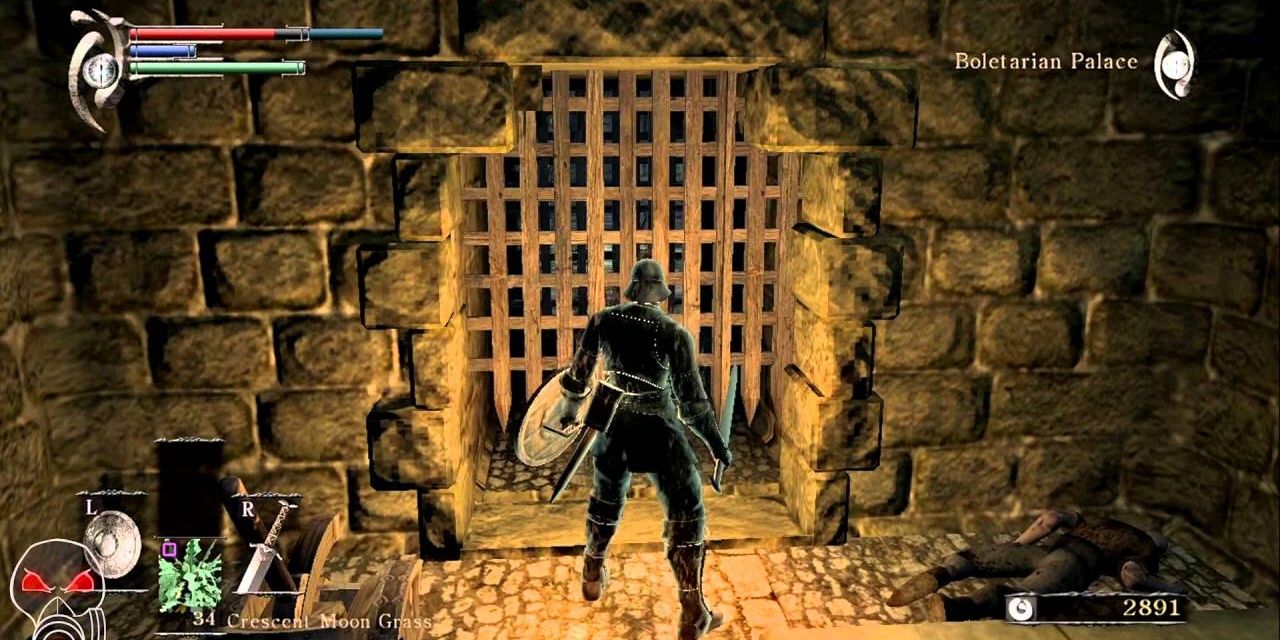
FromSoftware was onto something when they made Demon’s Souls, an action game where players really had to calculate their movements carefully to defeat their foes. There were no cancels or instant blocks like in Devil May Cry or Bayonetta. They wanted to expand the series, but Demon’s Souls was contracted as a Sony exclusive. So, FromSoft just did a Football Manager and named their follow-up Dark Souls to give other platforms a shot.
That’s only half the story, though. Demon’s Souls itself was following on from FromSoft’s earlier action RPG series King’s Field. Released on the PS1 and PS2, they shared a similar atmosphere to the Souls games with their gothic fantasy look. They even had stamina and mana meters. It was just played from a first-person perspective. For three series that are technically separate from each other, King’s Field, Demon’s Souls,and Dark Souls blend quite well together aesthetically.
6 Rage of the Dragons
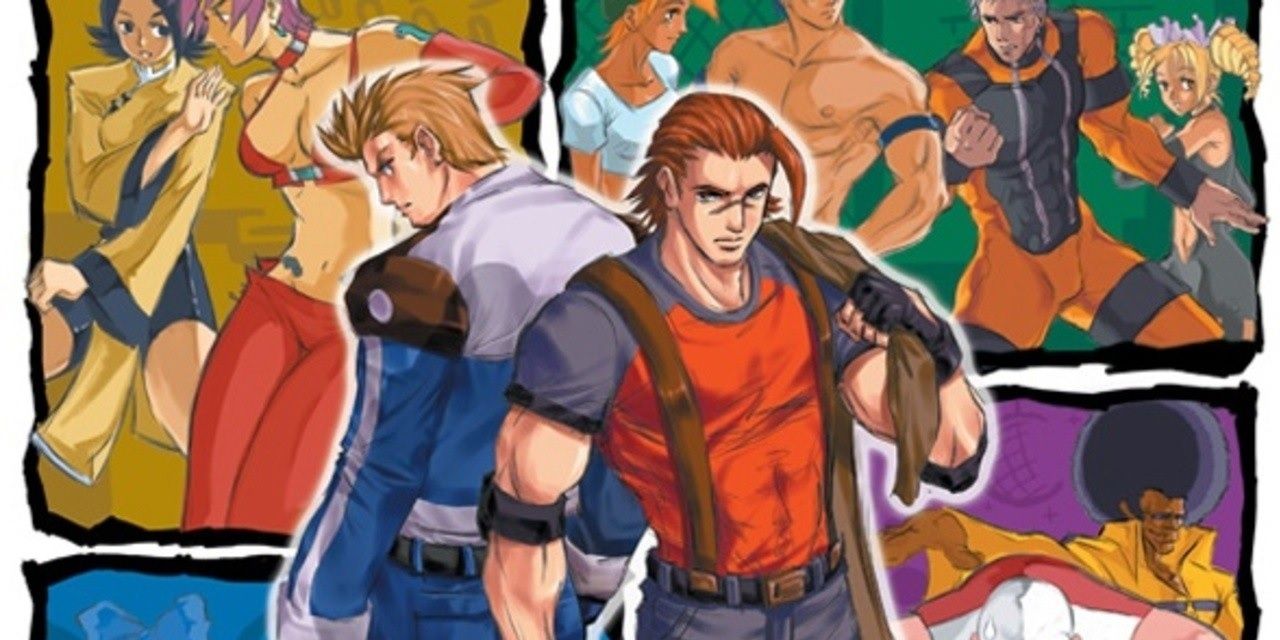
SNK made the arcades worth going to with games like Metal Slug and the Samurai Shodown series. Latin America certainly thought so, as the company and its games still have a dedicated Hispanic fan base to this day. Even when SNK was facing bankruptcy back in 2000, Mexican developers Evoga wanted to make games for them. Specifically, they wanted to make a sequel to SNK’s Double Dragon fighting game.
Sadly, they didn’t have the rights to the franchise, nor to the Hollywood movie tie-in it was based on. But there was nothing stopping Evoga from making their own fighting game with leads called “Billy” and “Jimmy.” Thus_,_ they created Rage of the Dragons, a fun tag fighter with some luscious animation. Evoga went defunct in 2004, but they live on through Angel, a character they got to design for King of Fighters.
7 Human Killing Machine
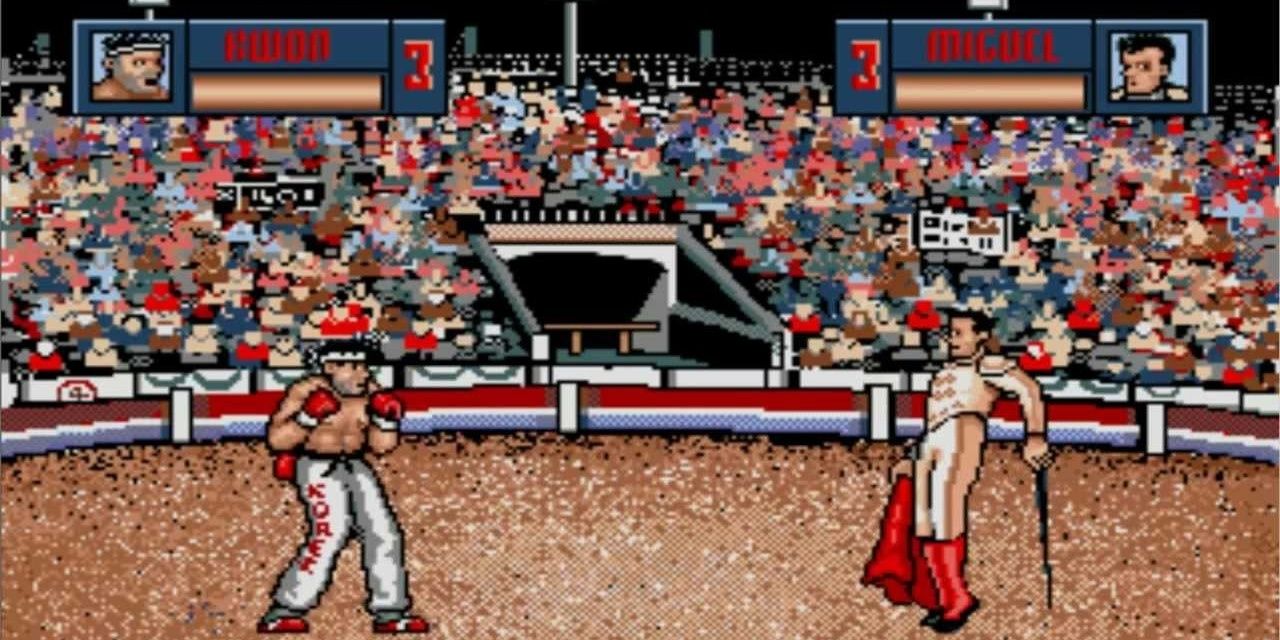
If people didn’t like playing Street Fighter 1 in the arcades, they would’ve hated its microcomputer ports. The European ones, developed by Tiertex, had even clunkier controls and got rid of the special moves. However, they were successful enough for Capcom to keep working with them for more rough releases right into the early 1990s. They did refuse Tiertex’s proposal for a second Street Fighter game, as they had their own plans for that_._
Instead, Tiertex replaced Ryu with a Korean kickboxer called Kwon and called their game Human Killing Machine. With the same dodgy controls came new features like racial caricatures and an unfair system that forced players to win up to 5 rounds to complete a match if they played poorly. Tiertex left the games business in 2003, then kept on trucking as a software company until its closure in 2021.